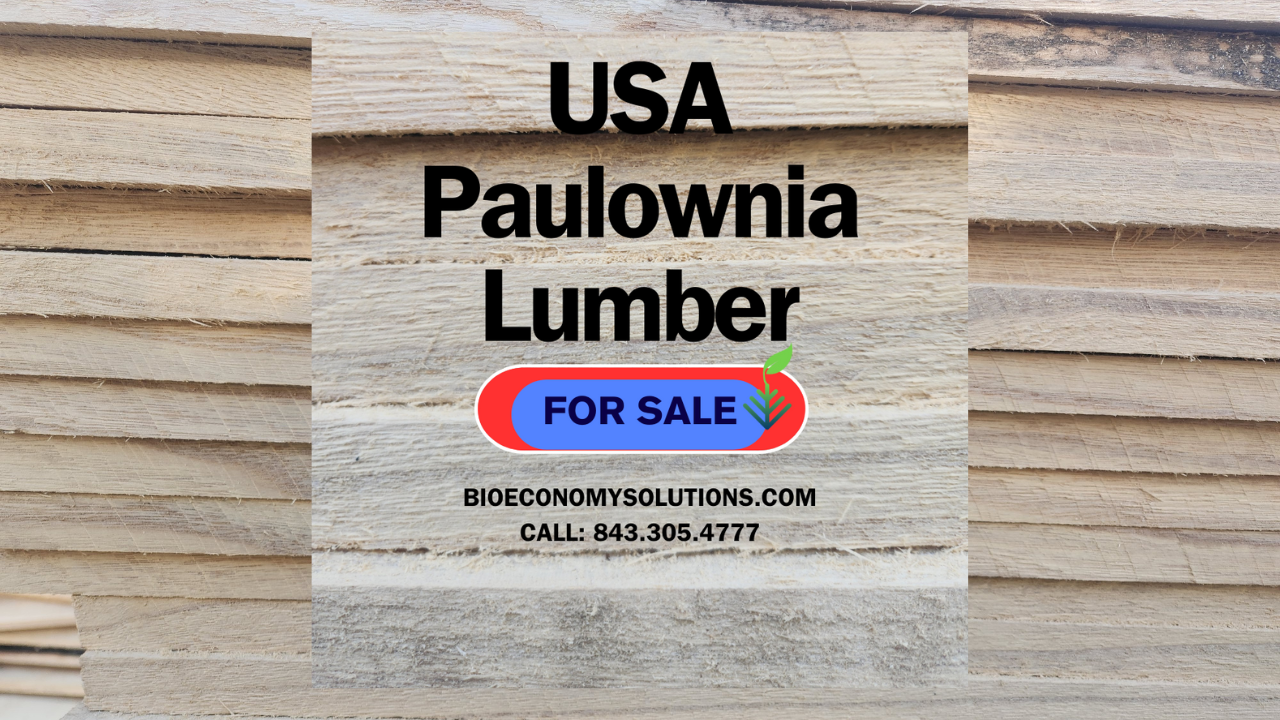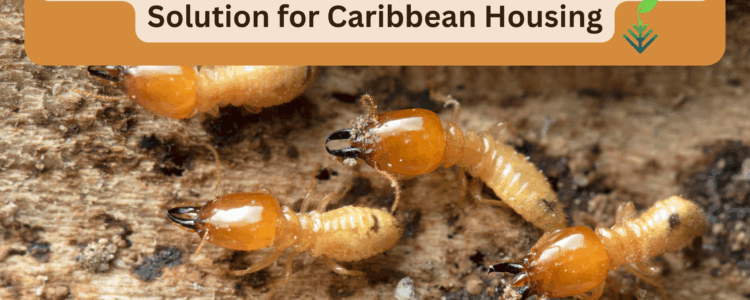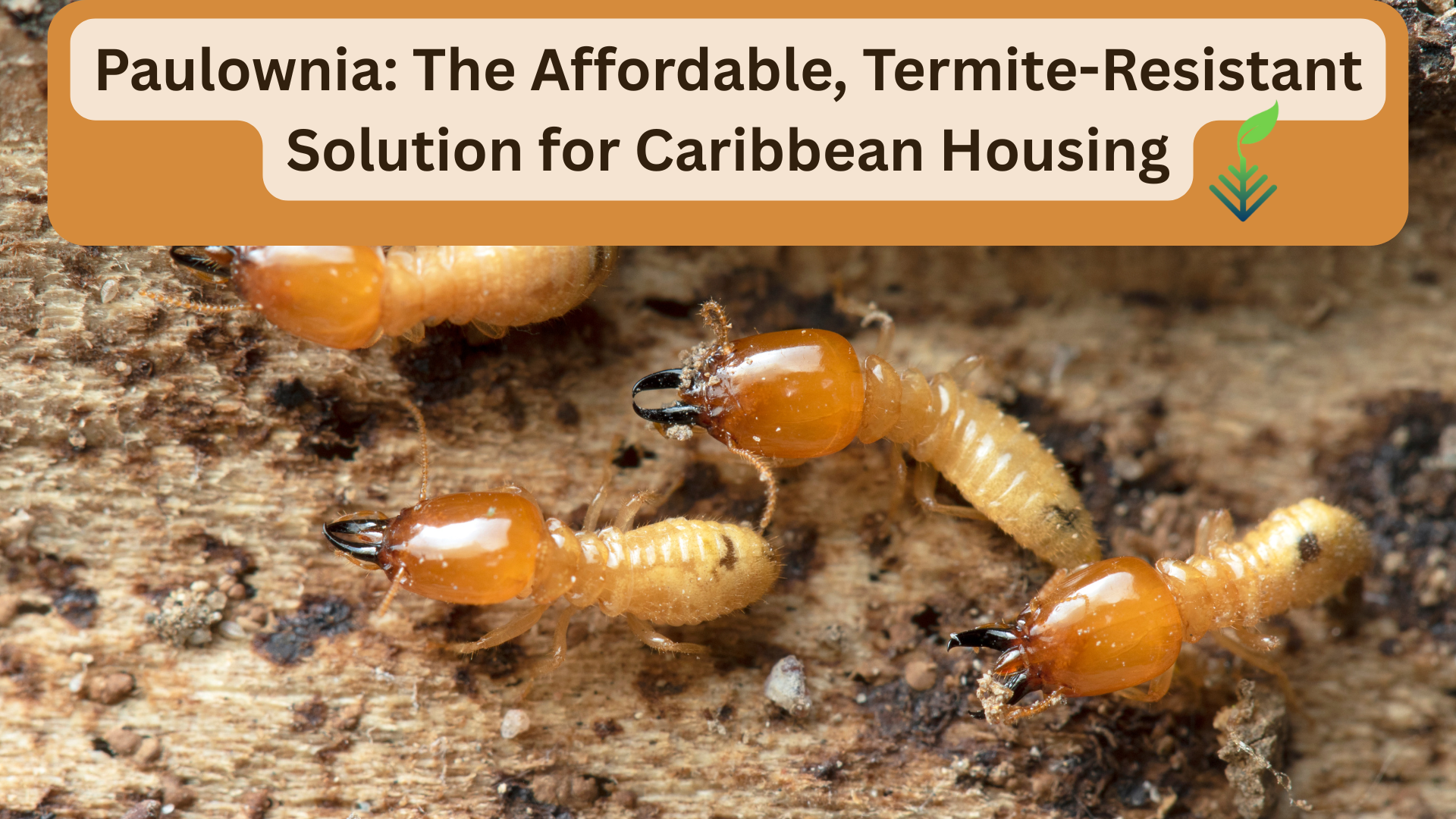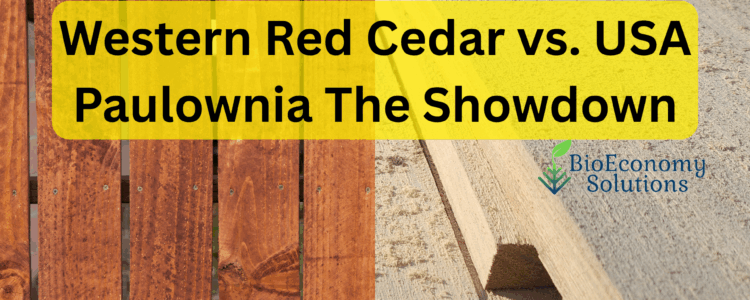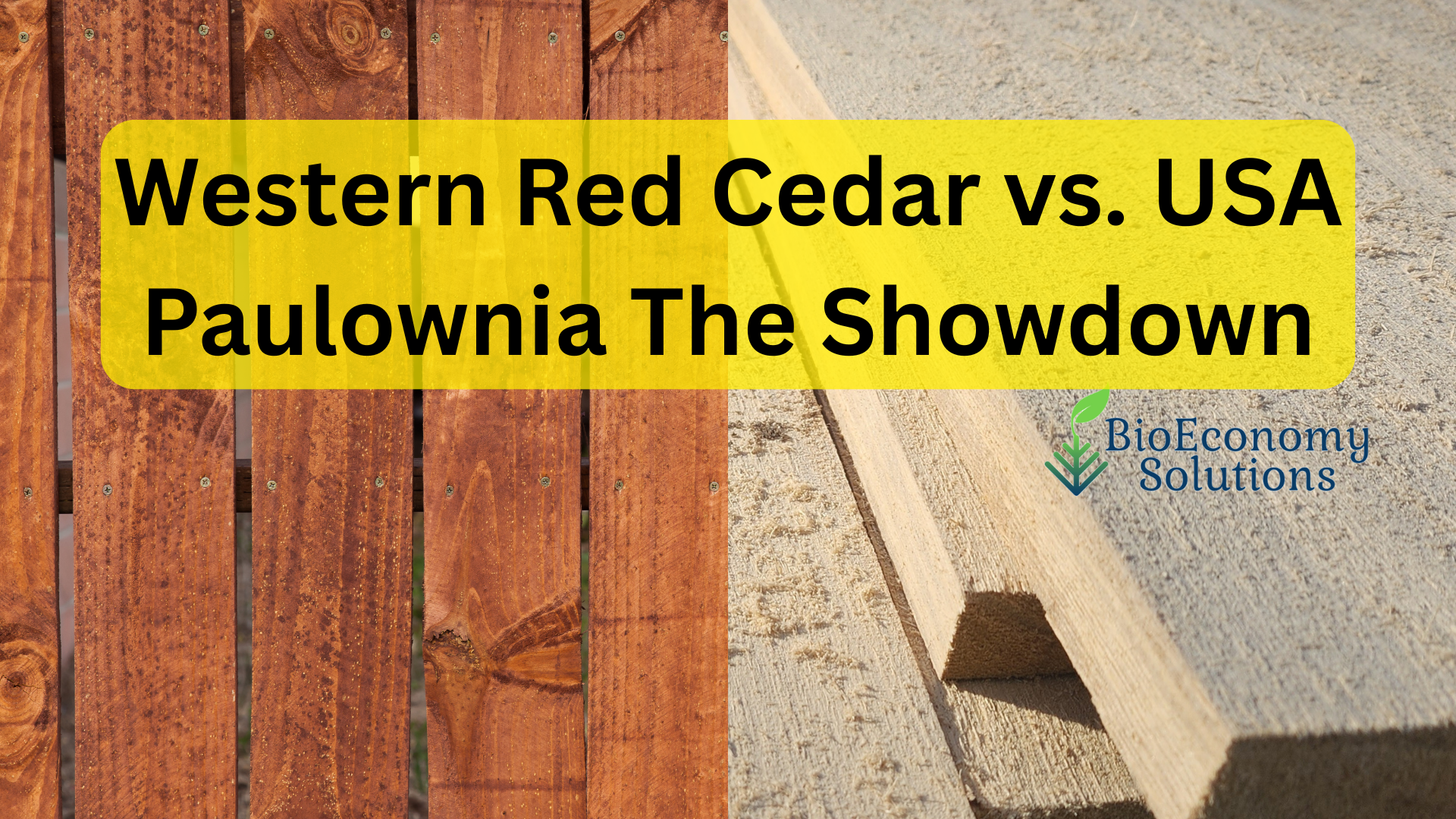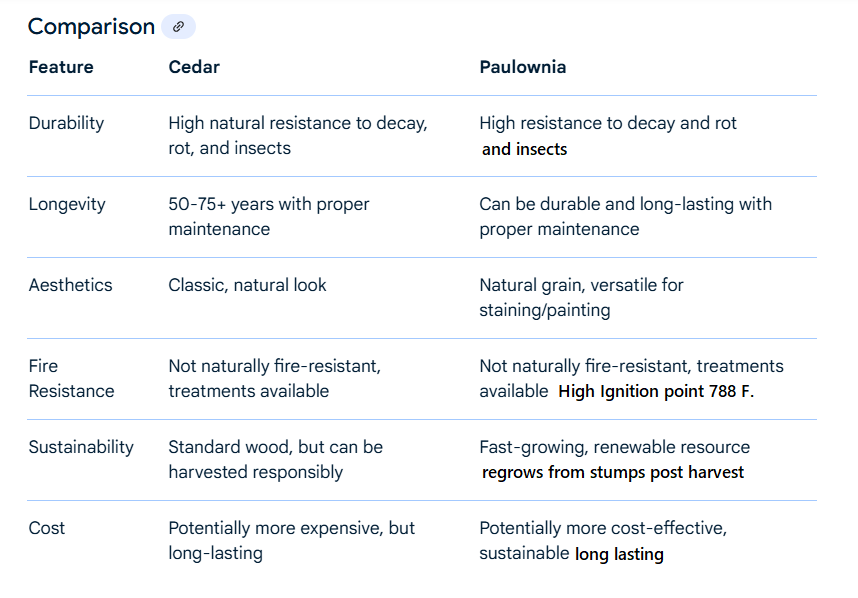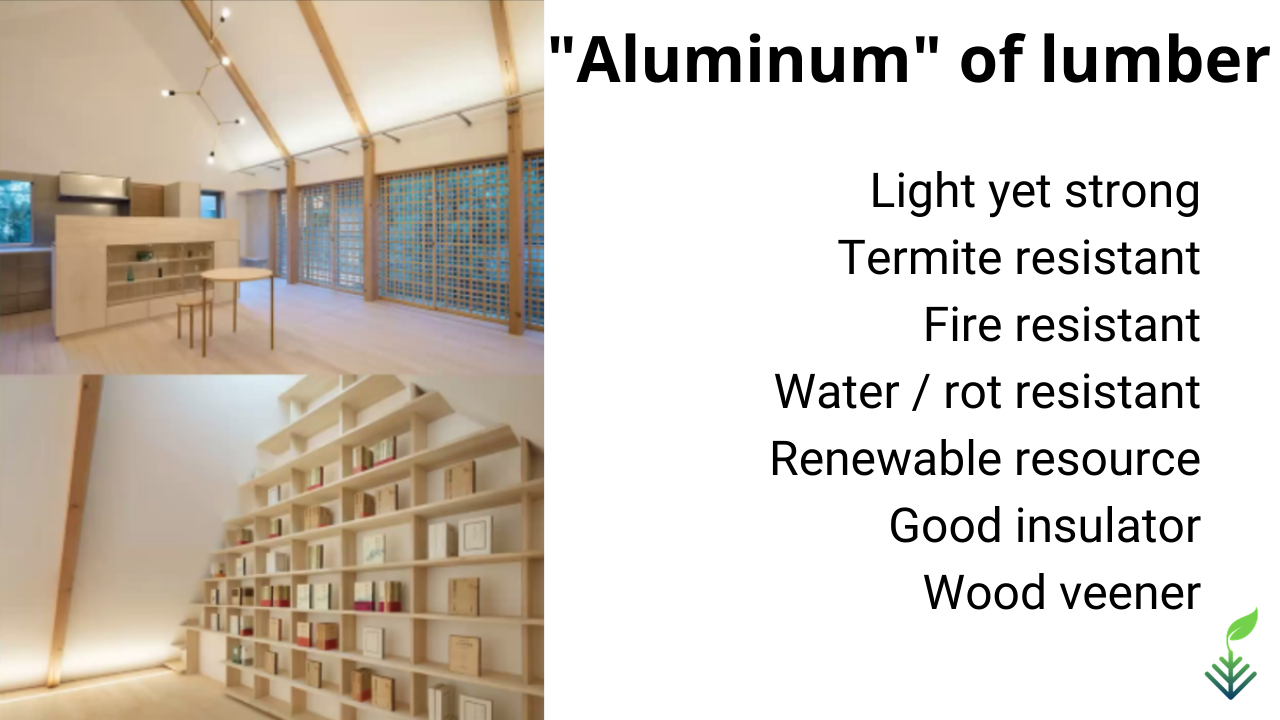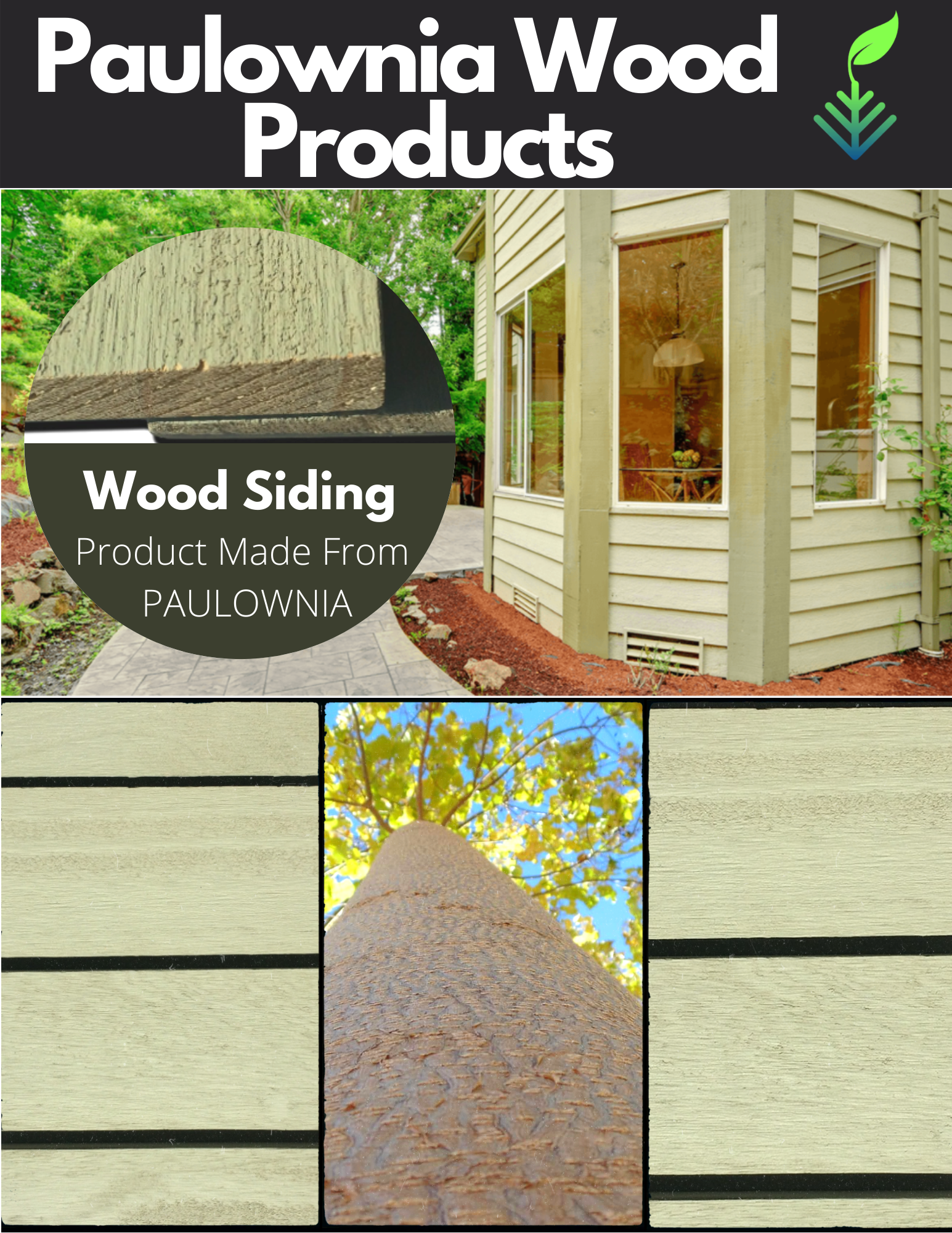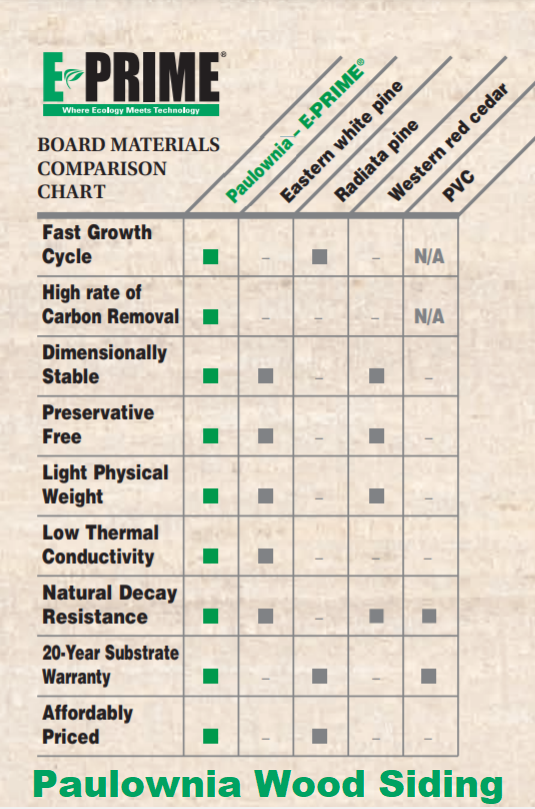Termites Are Eating The Caribbean Alive.
From the Bahamas to St. Croix, these relentless pests cause millions in structural damage every year, forcing homeowners to spend heavily on repairs and chemical treatments. For decades, builders have relied on imported cypress and mahogany—durable, termite-resistant woods—to combat the problem. But rising costs, deforestation concerns, and long shipping distances make this an unsustainable solution.
Paulownia Species Hardwood
Paulownia wood is often stated to be termite resistant due to the presence of natural chemical compounds within its wood. Specifically, compounds like tannin, paulownin, and sesamin are frequently cited as contributing to its insect-repellent properties. These are considered “extractives” in the wood, which are non-structural chemical compounds that can offer defense mechanisms against environmental stresses, including pests.
Here’s a breakdown:
- Tannin: This compound is known for its astringent properties and can act as a deterrent to various insects, including termites, by making the wood unpalatable or indigestible.
- Paulownin and Sesamin: These are lignans that have been identified in Paulownia wood, and research suggests they possess antimicrobial and insect-repellent activities.
It’s important to note, however, that while Paulownia has a good natural resistance, no wood is completely impervious to rot or insect attack in all conditions. Some studies, particularly from the Forest Products Laboratory, have indicated that while Paulownia has a high extractive content, its durability against decay and termites might not always correlate to the expected level of performance in all conditions. This suggests that for exterior applications or prolonged exposure to moisture, or ground, proper treatment and design considerations are still recommended to maximize its longevity as with any wood structure.

Pressure-Treated Paulownia.
Grown sustainably in South Carolina, paulownia is fast becoming a game-changer for Caribbean construction. When properly treated paulownia lumber resists termites just as well as mahogany—at half the cost. Here’s why it could revolutionize island housing.
The Termite Crisis in the Caribbean
Termites thrive in tropical climates, and the Bahamas and U.S. Virgin Islands are no exception.
- Homes require constant maintenance to prevent infestations.
- Traditional chemical treatments wear off over time, requiring reapplication.
- Imported cypress and mahogany are effective but expensive—costing $12−$18 per board foot after shipping.
With housing shortages and rising construction costs, the islands need a localized, affordable alternative.

Why Imported Timber Isn’t the Best Long-Term Solution
Cypress and mahogany are excellent termite-resistant woods, but they come with major drawbacks:
✔ Deforestation concerns– Many tropical hardwoods are unsustainably logged.
✔ High transportation costs– Shipping from Central/South America or Asia drives up prices.
✔ Slow regrowth – Mahogany takes 40+ years to mature, creating long-term supply issues.
What if there was a fast-growing, locally available wood that could match their performance?
Paulownia: The Sustainable, Termite-Resistant Alternative
1. Naturally Pest-Resistant
- Untreated paulownia has a natural defense to termites and can be increased with modern borate pressure treatments make it just as resistant as mahogany.
- Lab tests confirm that treated paulownia repels termites as effectively as traditional hardwoods.
2. Grown in the U.S. (Lower Shipping Costs)
- South Carolina farms are now cultivating paulownia, meaning shorter shipping distances to the Caribbean.
- No need to rely on imports from distant rainforests—this is a localized, sustainable supply.
3. 60% Cheaper Than Mahogany
- Mahogany: $12−$18/bf
- Treated Paulownia: $6−$8/bf
- Massive savings for builders and homeowners.
4. Faster Growth = Sustainable Supply
- Mahogany: 40+ years to harvest
- Paulownia: 5-7 years
- Ideal for reforestation and agroforestry projects in hurricane-impacted areas.
Real-World Applications: Where Paulownia Can Replace Imported Wood
✔ Roof rafters & framing(termites won’t touch treated paulownia)
✔ Siding & exterior trim(when sealed properly)
✔ Flooring & interior millwork(lightweight and stable)
✔ Hurricane-resistant construction (flexible yet strong)
Already, builders in the Bahamas are testing paulownia—with promising results.

The Future: A Shift Toward Sustainable Island Construction
The Caribbean doesn’t have to keep relying on expensive, imported timber. With paulownia, islands can:
✅ Reduce construction costs
✅ Cut carbon emissionsfrom shipping
✅ Support U.S. farmsinstead of unsustainable logging
✅ Build termite-proof homes without toxic chemicals
Time for a Change
The termite problem isn’t going away—but the solution is evolving. Paulownia offers a less expensive, faster-growing, and equally durable alternative to mahogany and cypress.
For governments, builders, and homeowners in the Caribbean, the question is clear: Will you keep paying premium prices for imported wood? Or will you embrace a smarter, sustainable solution?
Demand paulownia. Build stronger. Save money. Protect the islands.
What do you think? Would you use paulownia in your next Caribbean construction project? Let’s discuss in the comments!
Resources
Termite Resistance, Chemical and Mechanical Characterization of Paulownia tomentosa Wood before and after Heat Treatment: https://www.mdpi.com/1999-4907/12/8/1114
Biological Activities in Sapwood and Heartwood Extractives from Paulownia tomentosa: https://www.mdpi.com/1999-4907/14/11/2171
Where To Buy USA Paulownia Lumber
Where To Buy Paulownia? Paulownia Wood For Sale – QUESTIONS?
Visit our web page. https://bioeconomysolutions.com/paulownia-lumber/
We’re happy to organize a time to speak with you about our paulownia trees and lumber we have for sale. Please book your preferred time to speak directly.
Here’s a link to my online calendar/schedule:
www.bioeconomysolutions.com/bookcall
BioEconomy Solutions
Office: 843.305.4777
